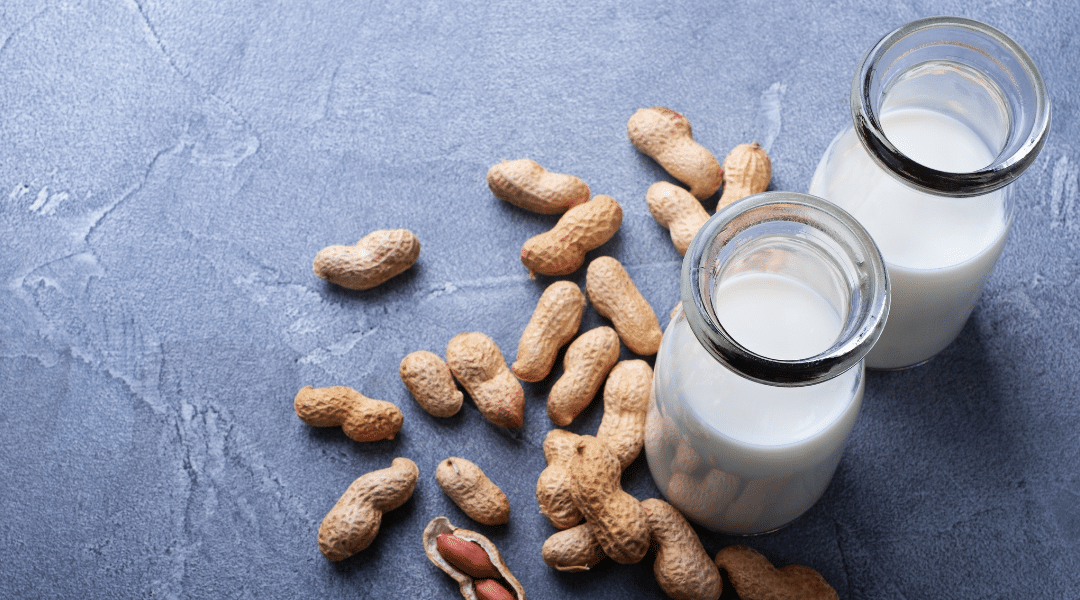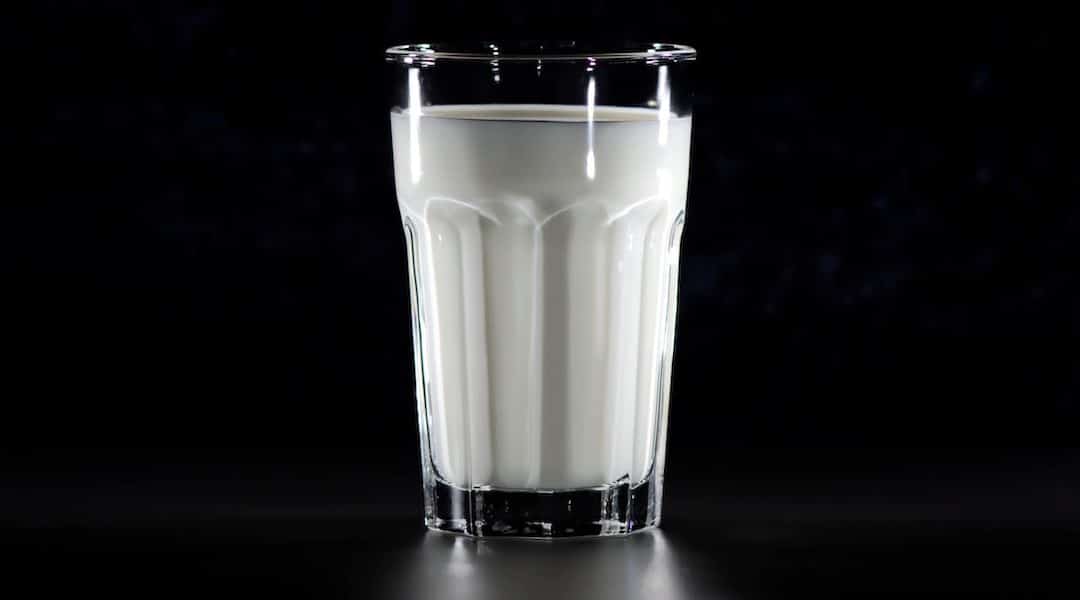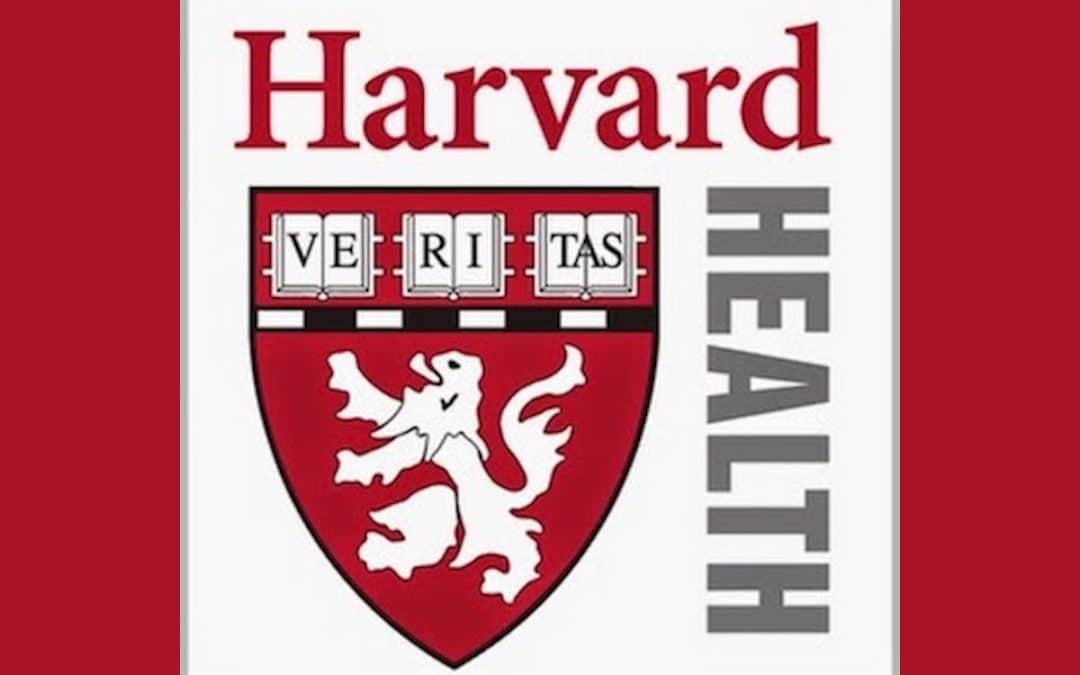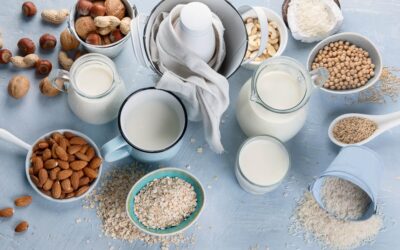“Eat this, not that.” Since the introduction of this popular diet book franchise in 2009, Americans have become well accustomed to the idea of choosing the “better for you” option. Many were relieved to find that they didn’t have to change their diets, they could just eat a little bit healthier a few meals a week and expect to reap the benefits over time. While the jury is out on the validity of this small steps approach, there is one food group that should be eliminated completely: dairy. Lactose intolerance doesn’t differentiate between full-fat and 2% milk, nor does acne or your high cholesterol care that you chose Greek yogurt over ice cream. Dairy wrecks havoc on one’s health, and it has no place within a healthy diet. However, a 2016 study conducted by the National Dairy Council argues that not only does dairy belong in everyone’s diet, eating more plant foods at the expense of dairy foods could lead to significant gaps in nutrition. As plants are some of the most nutrient-dense foods on the planet, we wondered how these researchers came to this conclusion and asked our team of Switch4Good scientists to review the study. Not surprisingly, the National Dairy Council manipulated the design to skew the results in dairy’s favor.
The Study
First, let’s break down the study. Researchers (all employees or consultants to the National Dairy Council) gathered dietary information from the NHANES Survey (2007-2010) and split this information into three dietary scenarios. In the first scenario, plant foods (that the participants already incorporated into their diets) were doubled and animal foods were decreased on a gram to gram basis. In the second scenario, “high protein” plant foods (legumes, seeds, nuts, soy, etc) were doubled and animal foods were also reduced on a gram to gram basis. For the third scenario, dairy foods were doubled while plant food intake was unchanged. Each scenario was run for pediatrics (2-18) and adults (19+). Further, no new foods were introduced to the participants’ diets; they were only instructed to eat more of the foods they were accustomed to consuming (within these specific plant food/dairy food categories). Researchers found that under scenarios one and two, adult populations experienced a decrease in vitamin A, vitamin D, and calcium. Under the third scenario these nutrients were increased (a similar finding resulted from the pediatrics study). However, these results should not be accepted at face value; a few key decisions in the study design and the carefully crafted conclusion unfairly pivot the study in favor of dairy.
The Design Flaws
The decision to not introduce new foods to the participants’ diets put plant foods at a major disadvantage. Westernized diets, particularly that of Americans, are heavily based in processed and animal-based foods, and many who follow this culturally-imposed way of eating do not consume a variety of plant foods. So, if a participant was only accustomed to eating just a few types of plant foods such as iceberg lettuce, corn, and tomatoes, it’s not surprising that they lacked a few nutrients when they doubled these foods and decreased their animal product consumption. The National Dairy Council is attempting to convince Americans that dairy fills in nutritional gaps, but that is only the case when one’s diet is severely lacking in variety. Despite what the Council wants us to believe, there is no one superfood to supply us with everything we need. A truly healthy diet is a varied diet, and that includes eating a full spectrum of plant foods. Because participants were not offered the opportunity to expand their palate with a variety of plant foods, both scenarios one and two were bound to result in some nutrient deficiency.
Many foods were also overlooked by this study’s design, as the researchers did not include “mixed dishes” in their nutritional analysis. An example of a mixed dish is brussels sprouts cooked with bacon. So, even if a participant did reap the nutritional benefits of the brussels sprouts, this was not counted under scenarios one and two. As most people are likely to eat many mixed dishes as opposed to original plant foods (ie sweet potato soup opposed to a plain baked sweet potato), this study is not an accurate reflection of real life, in which case the conclusion is not applicable outside of this narrow study.
The gram to gram substitution also puts plant foods at a significant disadvantage, as this does not account for an even caloric intake among the three scenarios. For example, there are 15 calories in 100 grams of lettuce, but 50 calories in 100 grams of 2% milk. Let’s say a participant doubled their intake of lettuce—that’s 30 calories. However, in scenario one, that means reducing their intake of milk—a subtraction of 50 calories. This leaves a 20 calorie deficiency. Over a period of time, this can add up to a statistically significant deficiency. It is true, in general, one must eat a higher volume of plants to reach recommended nutrient and caloric levels, but this is completely possible due to the low caloric density of plants.
Finally, the conclusion did not accurately represent all of the results, rather, the researchers emphasized those that favored dairy, while skimming over the rest. For example, several nutrients increased during the plant food scenarios including fiber, vitamin C, vitamin E, folate, magnesium, and iron. Further, there was an increase in saturated fat and sodium during the doubling of dairy scenario. What’s more, although the conclusion praised dairy for its vitamin A, D, and calcium content, it failed to note that both vitamins A and D are not naturally present in cow’s milk—they are fortified with it. Many plant milks, juices, and cereals are also fortified with these nutrients but do not contain the saturated fat of cow’s milk. In sum, milk is not the only source of key nutrients.
Our Conclusion
One does not realize these design flaws just by reading a headline. The dairy industry capitalizes on this, funds multiple studies, and distributes these headlines to the media who rarely read past the abstract. The National Dairy Council is banking on quantity, not quality, with these studies, correctly assuming that the more exposure to pro-dairy news we see, the more we will be convinced. It’s time to pull back the curtain and reveal the truth behind this onslaught of headlines. Dairy is not a health food, and plant foods are not to blame for any nutritional deficiency. Health is determined by enjoying a variety of foods, not one “superfood.”
Photo credit: Milk Life








